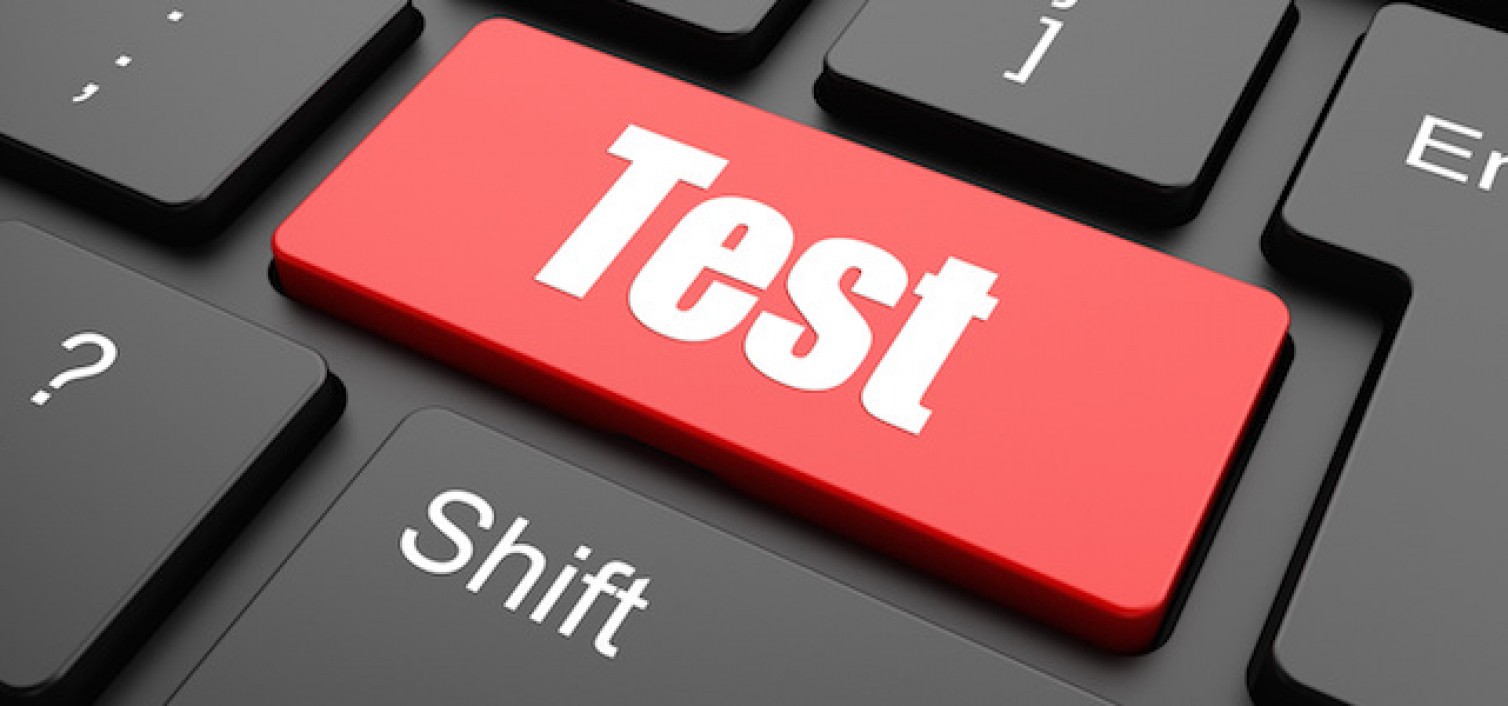The earlier you can tell whether your product idea has merit, the better. Knowing early means you can decide whether it’s worth the investment to proceed or if you should save your capital for something else. To this end, Physical and Digital prototyping have their place, but before going that far, here are things to consider first. In each, you are looking to identify and test a demand hypothesis using the format: If we [do something] for [persona], they will [respond in a certain way].
Example: If we streamline peer-to-peer payments for foodies, they will use our ecosystem to split bills.
Create a landing page / 1-page site
Describe your product idea, what problem(s) it solves, and why people should buy it. People are visual creatures, so use images and infographics heavily. Collect metrics: Buy Adwords related to the problem, collect emails for a newsletter, watch clickthrough and page view stats to gauge interest.
Explainer video
The video equivalent of the above. Create a video that describes your product idea, what problem(s) it solves, and why people should buy it. Share it on social media, buy ads, and collect metrics to gauge interest.
Smoke test
Try to sell some. Thanks to the advent of Kickstarter and Indiegogo, getting pre-sales off of a detailed description and mockup are more doable than ever to gauge interest and get seed money.
Concierge MVP
Hand-create the entire user experience for real customer(s), as though you were a customer’s concierge. This allows you to learn a lot about the customer’s pain points, behavior and what they are willing to pay.
Wizard of Oz MVP
Show or fake a fully functional product that, behind the scenes, relies on people to deliver the solution. You’ll learn a lot about the market without having to go through the work of creating anything.
Piecemeal MVP
Create a functional product using existing solutions. If existing solutions exist to make this doable, you will learn about the entire market without having to start from scratch.

Share: